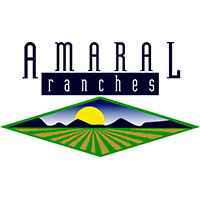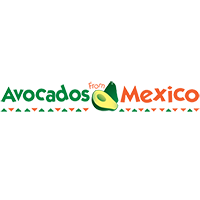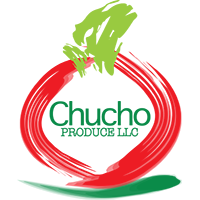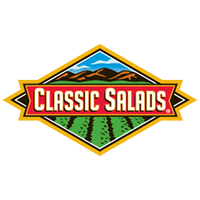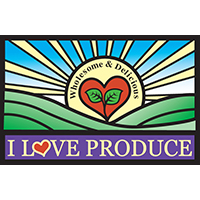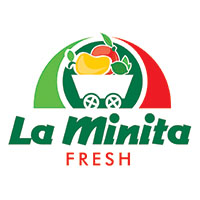How to Find Us?
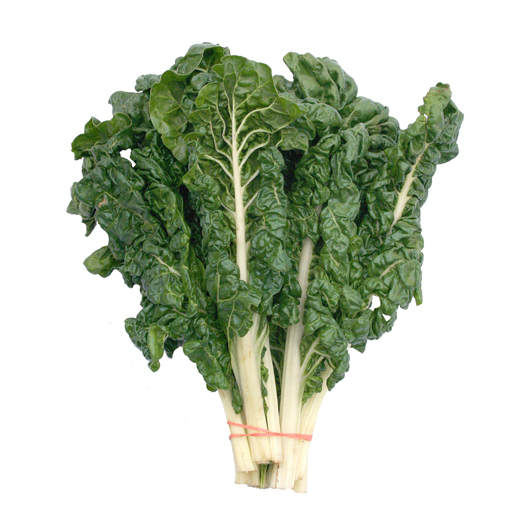
Green swiss chard
Chard is a leafy green vegetable often used in Mediterranean cooking. In some cultivars, the leaf stalks are large and are often prepared separately from the leaf blade. The leaf blade can be green or reddish in color; the leaf stalks also vary in color, usually white, yellow, or red. Chard has been bred to have highly nutritious leaves and is considered to be one of the most healthful vegetables available, making it a popular addition to healthful diets (like other green leafy vegetables).
Swiss chard, cooked, no salt
Nutritional value per 100 g (3.5 oz)
Energy 84 kJ (20 kcal)
Carbohydrates
4.13 g
Sugars 1.1 g
Dietary fiber 2.1 g
Fat
0.08 g
Protein
1.88 g
Vitamins
Vitamin A equiv.
beta-carotene
lutein zeaxanthin
(38%) 306 μg
(34%) 3652 μg
11015 μg
Vitamin A 6124 IU
Thiamine (B1) (3%) 0.034 mg
Riboflavin (B2) (7%) 0.086 mg
Niacin (B3) (2%) 0.36 mg
Pantothenic acid (B5)
(3%) 0.163 mg
Vitamin B6 (7%) 0.085 mg
Folate (B9) (2%) 9 μg
Choline (6%) 28.7 mg
Vitamin C (22%) 18 mg
Vitamin E (13%) 1.89 mg
Vitamin K (312%) 327.3 μg
Trace metals
Calcium (6%) 58 mg
Iron (17%) 2.26 mg
Magnesium (24%) 86 mg
Manganese (16%) 0.334 mg
Phosphorus (5%) 33 mg
Potassium (12%) 549 mg
Sodium (12%) 179 mg
Zinc (3%) 0.33 mg
Other constituents
Water 92.65 g
Units
μg = micrograms • mg = milligrams
IU = International units
Percentages are roughly approximated using US recommendations for adults.
SOURCE: USDA NUTRIENT DATABASE

